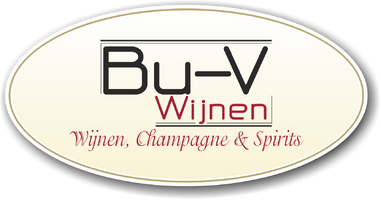Adega de Borba - Premium - Red - 2020 - 75cl
| Quantity | Price per item | Discount |
| 6 items | €11,85 | 8% off |
Adega de Borba - Premium - Red - 2020 - 75cl
| Price in our shop 1bt: € 12,30 6bt: € 11,25/bt |
Soft and elegant taste with notes of black fruit, coffee and chocolate; fine structure and persistent aftertaste. Deep garnet color. Good aromatic intensity with notes of ripened red fruit, jam and ripened pepper. Soft and elegant taste with notes of black fruit, coffee and chocolate; fine structure and persistent aftertaste. This wine is produced with selected grapes from the oldest vines in the Borba region. After strict control of the ripening of the grapes in the vine, the grapes were destemmed and smoothly crushed when they arrived at the winery, followed by alcoholic fermentation, carried out in stainless steel lagares (wine presses) with mechanical pressing. The vinification process ends with maceration for 10 days at a controlled temperature of 22-25 o C. volume stainless steel barrels. The wine matured for six months in new French, American and chestnut oak barrels, after which it was bottled and aged in the bottle for six months. Good aromatic intensity with notes of ripened red fruit, jam and ripened pepper. Soft and elegant taste with notes of black fruit, coffee and chocolate; fine structure and persistent aftertaste. Founded in 1955, the Adega de Borba's roots go back even further to a time when Portugal was not yet considered a kingdom. Vineyards have been present in the Alentejo for more than 3,000 years. From the 18th century, wine production flourished in Borba, contributing to strong economic and social growth in the region. Since then, several events have marked the wine-growing sector: some positive, such as the introduction of more modern production techniques, and others negative, namely the devastation caused by the Restoration War and the Napoleonic invasions. Regardless of these changes, the importance of Borba's vineyards has never diminished and has always been the region's most important agricultural crop. At that time, production was already spread in small traditional wineries, with amphorae, occupying part of the numerous houses scattered throughout the villages and hamlets. This was the reality when, on April 24, 1955, a group of producers dissatisfied with market conditions, controlled at the time by "middlemen", in terms of prices and margins, and aware of the need to gain scale and critical mass to invest in new technologies and strong commercial brands, decided to come together to create the Adega Cooperativa de Borba.

